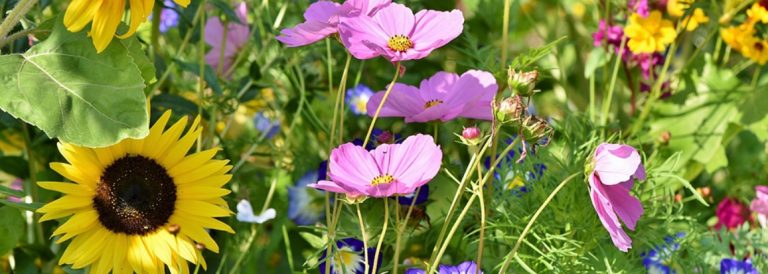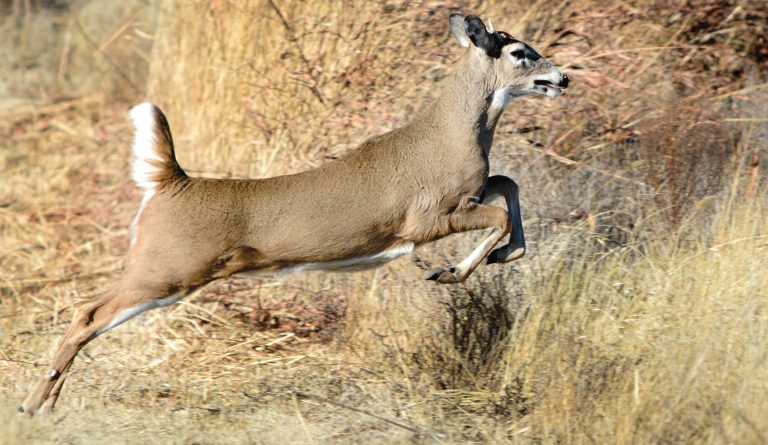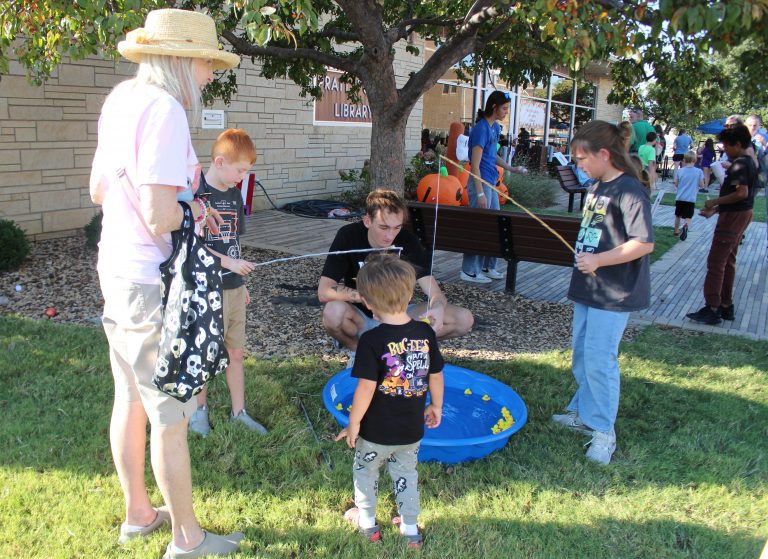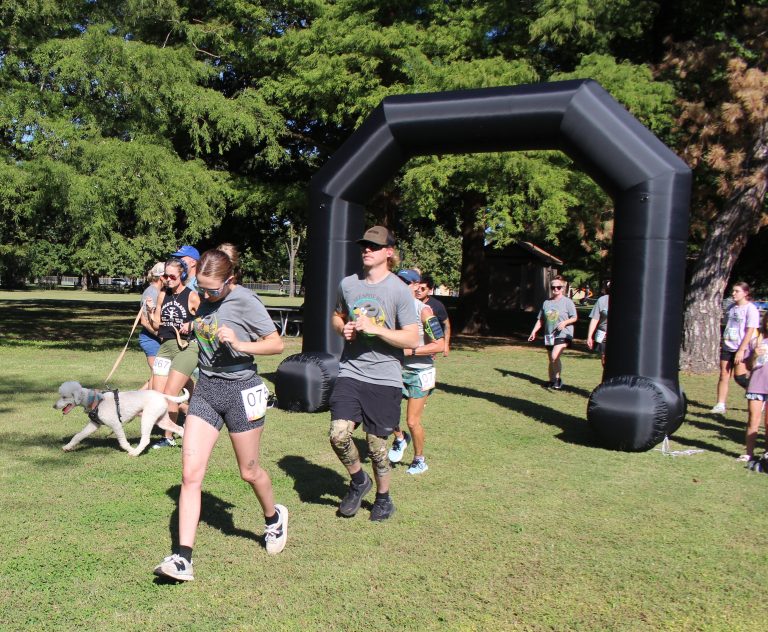By Cynthia Domenghini
Cdom@ksu.edu
K-State Research and Extension news service
MANHATTAN, Kan. — Wildflowers offer variety and color to a home landscape. In addition to eye appeal, they can survive in soils containing a wide range of chemistry pH and with varying numbers of sunny days, adding variety to garden areas.
To establish a wildflower area, Kansas State University horticulture expert Cynthia Domenghini recommends using a regional seed blend. Flowers should be seeded between April 1 and May 15, she said.
“It is better to choose a blend of grasses and wildflowers rather than a single species,” Domenghini said.
When building a wildflower area, first remove existing vegetation to help wildflowers take root and grow.
First eradicate weeds through cultivation or occultation.
Before planting, adjust pH and fertilize according to results of a soil test.
The seedbed should be firm to allow good seed/soil contact.
Mix seed with damp sand (4:1 sand/seed) for more uniform coverage with a drop seeder or whirlybird spreader.
Rake seed in about ¼ inch deep and firm the seedbed with a roller. Don’t mulch.
Keep seed moist through germination. Water 3-4 times per week, if possible. Slowly back off watering as plants develop.
“Warm-season grasses and most prairie flowers should be seeded between April 1 and May 15,” Domenghini said. “During the first year of establishment, regularly monitor and control the weed re-growth.”
Seeds will germinate best when the soil temperature is at least 60 degrees F, Domenghini said. Soil thermometers are available in most garden centers and hardware stores.
“Hand weeding can help but must be done with care to avoid uprooting small prairie flowers. Mow as high as possible to help control fast growing weeds while preserving most of the foliage on the prairie flower,” Domenghini said.
Domenghini and her colleagues in K-State’s Department of Horticulture and Natural Resources produce a weekly Horticulture Newsletter with tips for maintaining home landscapes and gardens.
Interested persons can subscribe to the newsletter, as well as send their garden and yard-related questions to hortsupport@ksu.edu, or contact your local K-State Research and Extension office.




